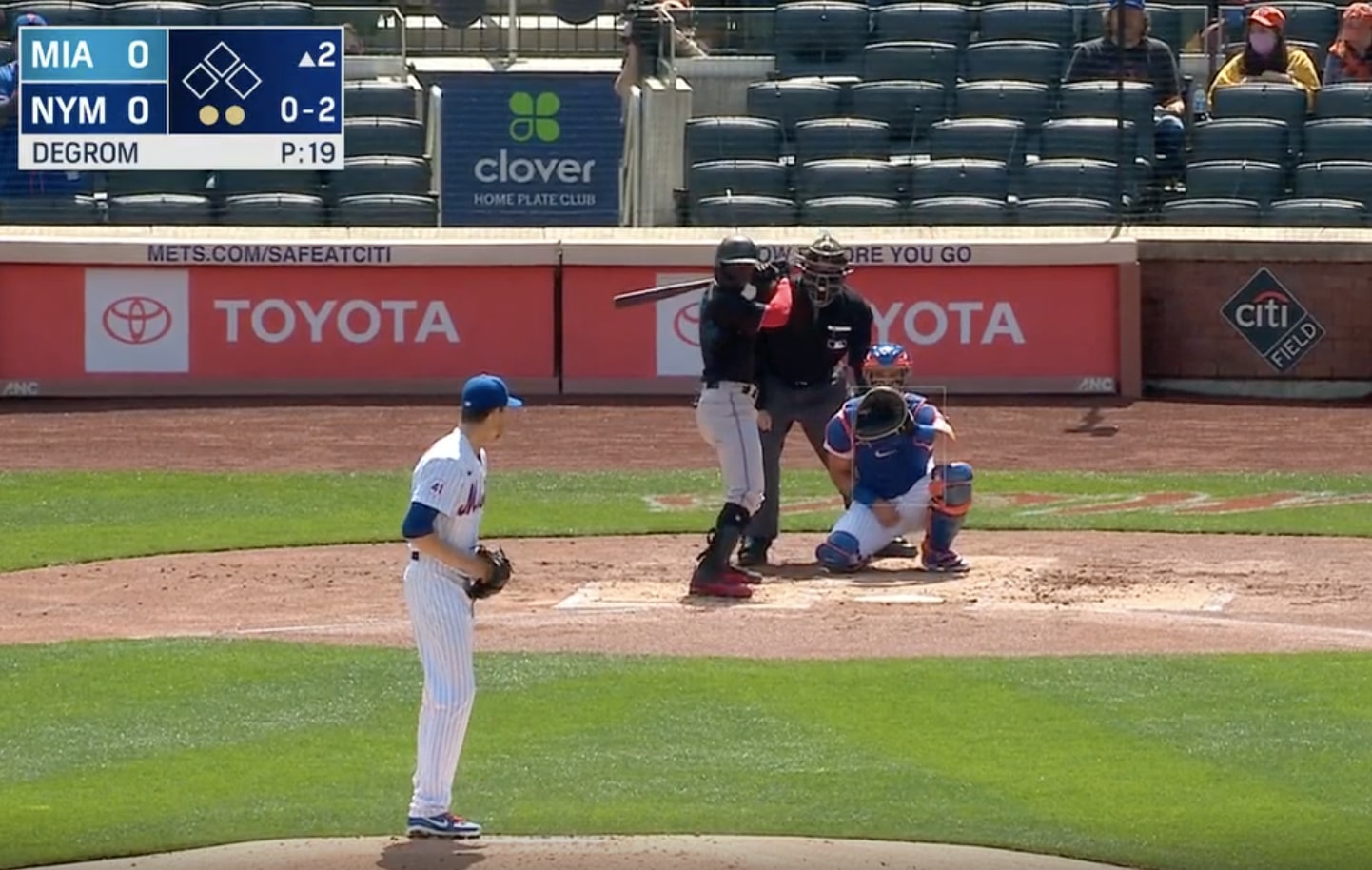Job Posting: New York Mets Professional Scouting Associate
Position: Associate, Professional Scouting
Job Description:
Summary:
The New York Mets are seeking to hire an Associate, Professional Scouting for an opportunity to help support the department’s existing functions and growth initiatives across a variety of domains. This Associate will be exposed to all facets of the department during both the regular season and offseason. Individuals from all backgrounds and experiences that meet the below qualifications are encouraged to apply.
Essential Duties & Responsibilities:
- Provide departmental support for key transactional decisions and dates, including but not limited to the Trade Deadline, Waiver Claims, Free Agent Signings, and the Rule 5 Draft
- Monitor affiliated professional player universe to assist in formulation and maintenance of target lists centered around potential in-season and offseason acquisitions; provide frequent updates on relevant players throughout the season and offseason
- Undertake research studies and look-back analyses on topics pertaining to the Professional Scouting landscape
- Build relationships with Pro Scouts, other members of the Baseball Operations department, and the baseball community; serve as point of contact for certain administrative and logistical departmental needs
- Perform other duties and responsibilities as assigned to support the Pro Scouting department and broader Baseball Operations department
Qualifications:
Required:
- Bachelor’s degree or Spring 2021 graduation required
- Proficiency with Microsoft Office (Excel, PowerPoint, Word)
- Basic to intermediate proficiency in SQL
- Strong written and verbal communication skills
- Demonstrated passion for baseball with understanding of latest baseball rules and landscape trends (pertaining to player evaluation, analytics, and roster construction)
- Strong attention to detail
- Growth mindset with an eagerness to learn and willingness to think creatively
- Ability to work long hours, including evenings, weekends, and holidays
Preferred:
- Advanced proficiency in SQL and database manipulation
- Experience with programming languages used for data analysis and visualization, ideally Python and/or R
- Intermediate Spanish-speaking ability
- Baseball/softball playing background or related work experience is preferred, but not required; outside career experience that can provide value to the department in other ways is also a plus
- Experience and familiarity with baseball-specific technology and platforms (including Trackman, Hawk-Eye, Synergy, etc.)
To Apply:
Please follow this link to apply.
The content in this posting was created and provided solely by the New York Mets.





